E-commerce Cloud
Cloud-Based E-commerce Solutions and Platforms
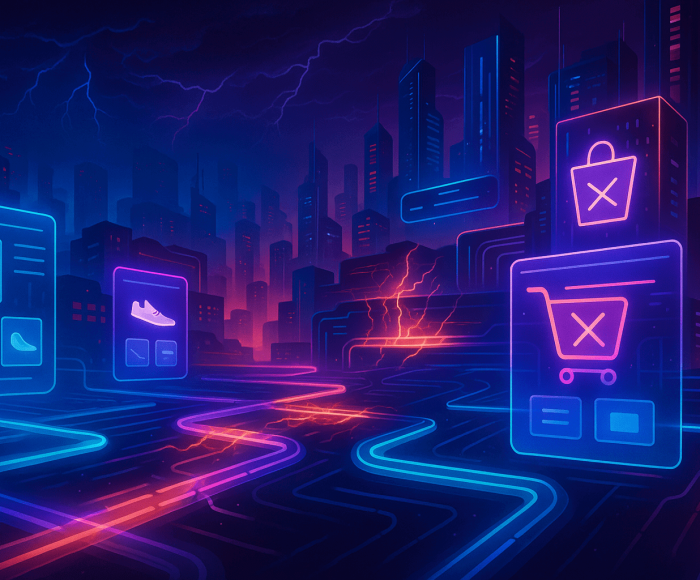
Cloud E-commerce That Scales as Fast as Your Customers Click
Relying on traditional, self-hosted e-commerce setups often means slow site performance during peak sales, disjointed inventory systems, high infrastructure costs, and complex maintenance cycles. Security patches, downtime, and inconsistent load times hurt customer trust and revenue. Even minor disruptions can lead to abandoned carts and missed sales, making it challenging to stay competitive.
Codewave designs and implements cloud-based e-commerce solutions that scale instantly, handle traffic surges without performance drops, and cut operational overhead. Migrating to the cloud removes server upkeep, delivers near-zero downtime, and improves load speeds. Using platforms such as AWS Elastic Beanstalk, Google Cloud Run, and Azure App Service, we create deployment architectures tailored to your traffic patterns.
We integrate cloud-native security protocols and compliance-ready frameworks to protect transactions and customer data, while enabling smooth feature rollouts without disruption. This strengthens trust, boosts engagement, and improves retention.
By moving to a cloud-powered setup, you reduce hosting costs, increase site speed, and deliver a consistently smooth shopping experience every time, on every device.
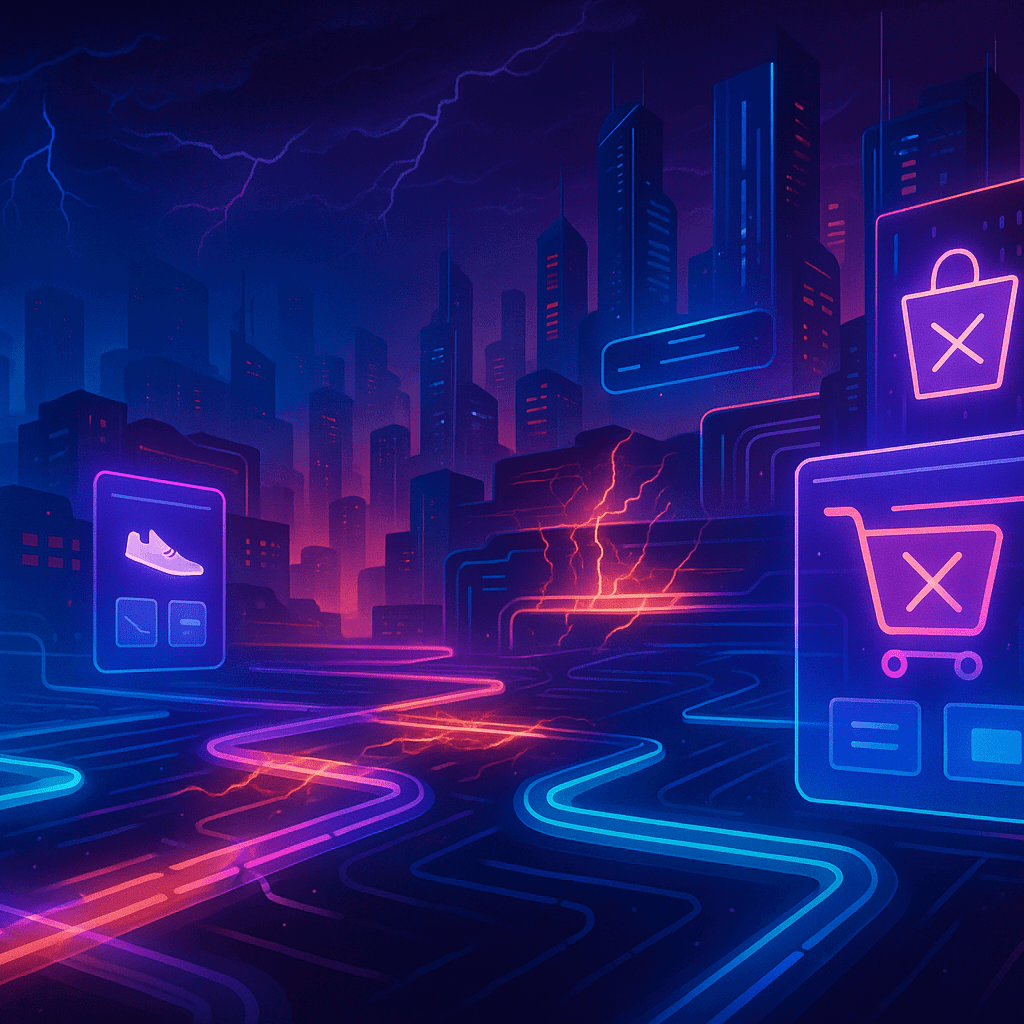
The Impact:
2x
Greater User Engagement
50%
Lesser rework
3x
Faster transactions
Download The Master Guide For Building Delightful, Sticky Apps In 2025.
Build your app like a PRO. Nail everything from that first lightbulb moment to the first million.
Cloud-Powered E-Commerce, Without the Complexity
E-commerce is unique to each business. You need cloud-based solutions that can adapt and scale as your needs change. However, it’s not enough to just have a platform that works now. What matters is having a solution that evolves alongside your customer demands, fluctuating traffic, and business growth.
Outdated or disconnected inventory systems can cause stockouts, overstocking, and missed sales opportunities. Slow syncing between your store and backend results in inaccurate availability, overselling, and dissatisfied customers.
Codewave develops cloud-based inventory and order management systems on AWS and Azure, utilizing an event-driven architecture and REST APIs for real-time stock updates. We use AWS Lambda for instant event processing, Azure Functions for automated workflows, and integrate directly with e-commerce backends, POS systems, and supplier feeds. This ensures complete visibility into stock levels and eliminates latency between purchase and inventory updates.
Example: Customers often purchase items that show as “in stock” online but are unavailable due to slow inventory updates. Real-time syncing will ensure that stock counts are updated instantly across all channels. This will prevent overselling, maintain accurate availability, and help gain customer trust.
Fragmented payment systems create friction at checkout, leading to cart abandonment. Slow transaction processing and weak security can erode customer trust and increase the risk of fraud.
To combat these issues, we design secure, PCI–DSS–compliant payment workflows that integrate providers such as Stripe, PayPal, Razorpay, and cryptocurrency wallets into a single cloud-based infrastructure. Our approach combines tokenization (replacing sensitive card details with unique codes), real-time fraud detection engines like Stripe Radar, and end-to-end encryption to protect customer data from start to finish.
Transactions are handled using REST APIs and webhooks for fast communication between payment providers and your e-commerce platform, ensuring each step is verified and processed without delay. This approach reduces checkout abandonment, strengthens customer trust, and increases the number of completed purchases.
Example: A customer wants to use both a discount code and split payment, but traditional systems struggle to process such transactions smoothly. With an optimized payment setup, transactions will be verified and completed across multiple gateways in under two seconds, preventing checkout frustration and leading to more successful purchases.
Traditional monolithic platforms tie the front end and back end together, making even minor updates require full system deployments. This slows innovation, limits experimentation with new features, and delays entry into emerging sales channels.
We develop API-first, composable headless commerce platforms using Magento Commerce (Adobe), BigCommerce, or commercetools. The architecture is powered by microservices that handle specific commerce functions, such as checkout, product search, or inventory, independently. These services run in containerized environments managed with Kubernetes, ensuring they can scale automatically during periods of peak traffic.
Moreover, a global CDN and edge computing network distributes content and API responses closer to users, reducing latency and improving performance worldwide. This separation enables the front-end experience (web, mobile, kiosk, AR) to evolve independently of the core commerce engine.
Example: Adding an AR-based product visualizer currently requires changes across the entire platform, causing weeks of delay. With a headless setup, the AR feature will be deployed independently. This will cut launch time to days, avoid downtime, and keep the store adaptable for future innovations.
Manual or outdated billing systems make subscription management error-prone and slow, resulting in failed renewals and increased churn.
We design and implement subscription billing solutions using platforms like Chargebee, Recurly, or Stripe Billing, fully integrated with your e-commerce architecture through secure REST or GraphQL APIs. Our setups include automated invoicing workflows, smart payment retry logic, and event-driven triggers for key subscription lifecycle stages such as trial expiry, renewal, upgrade/downgrade.
We configure webhook listeners to react instantly to payment events, ensuring that failed transactions are retried intelligently and customer accounts are updated in real-time. The system also supports multiple payment methods and tax calculation.
This complete approach stabilizes recurring revenue, lowers churn rates, and ensures uninterrupted customer access to services.
Example: A subscription renewal fails because the primary card saved for payment has expired. The system will instantly detect the failure, trigger a retry with a secondary saved card, and send the customer a real-time notification with a secure payment link. This will recover the payment within minutes, prevent service disruption, and reduce involuntary churn.
Disconnected CRM systems hinder the integration of sales, marketing, and service data, thereby limiting personalization and campaign effectiveness. Without the correct data at the right time, building long-term customer relationships becomes more challenging.
We integrate CRMs, such as Salesforce, HubSpot, and Microsoft Dynamics 365, into your e-commerce platform using GraphQL APIs for flexible and precise data querying. We utilize middleware connectors, such as MuleSoft or Zapier, to bridge systems and secure pipelines over HTTPS with OAuth 2.0 authentication for secure data transfer.
The setup also includes real-time event streaming via AWS EventBridge or Azure Event Grid. This enables instant updates to customer profiles when users browse, add items to their cart, or complete a purchase. For analytics and segmentation, we link CRM data to tools like Google BigQuery or AWS Redshift, enabling more profound insights and automated audience targeting.
Example: For a retail business, shoppers currently receive generic product suggestions that ignore their past purchases or preferences. Integrated CRM data will deliver personalized recommendations in real-time, increasing engagement, encouraging repeat purchases, and boosting the average order value.
Manual shipping coordination often leads to delays, incorrect deliveries, and abandoned carts due to lengthy delivery times or high shipping costs.
We integrate carriers like FedEx, DHL, and Shippo directly into your cloud commerce platform using shipping APIs, automated label generation tools, and rate-optimization algorithms.
Real-time order tracking is powered by event streaming through AWS SNS/SQS or Azure Service Bus, ensuring customers and fulfilment teams receive live updates. AI-powered route optimization engines calculate the most efficient delivery path based on location, inventory position, and speed requirements.
Example: Orders sometimes take longer to ship because they are routed inefficiently. Automated logistics will select the fastest and most cost-effective route, resulting in reduced delivery times, lower shipping costs, and enhanced customer satisfaction.
Off-the-shelf platforms can’t adapt to complex workflows or unique sales models, forcing businesses into costly workarounds.
We build custom e-commerce platforms with modular architecture, so features like product catalogs, checkout, and order management work as independent, easily scalable components. Deployments are containerized using Docker and scaled with Kubernetes, while security is built in with role-based access control and encryption.
All of these provide you with a platform tailored to your exact business needs, supporting growth without the need for costly re-platforming.
Example: Businesses with multi-buyer accounts often struggle on generic e-commerce platforms. A custom-built solution will support role-based permissions and automated purchase approvals, simplifying operations, reducing manual work, and enhancing the customer experience.
Managing web, mobile, marketplace, and in-store sales separately often leads to mismatched prices, out-of-sync stock levels, and inconsistent promotions. This not only confuses customers but also weakens brand trust.
We connect all your sales channels to a central cloud commerce hub, ensuring updates occur simultaneously. We utilize unified APIs for consistent data exchange and webhook-based syncing for real-time updates. Channel-specific adapters for platforms like Amazon, eBay, and Shopify POS ensure that product details, pricing, and promotions are always in sync.
Inventory changes trigger instant updates through event-driven architecture on AWS Lambda or Azure Functions, so you never oversell. Overall, this ensures that your pricing is accurate, your stock levels are aligned, and your customer experience remains consistent across all sales channels.
Example: A flash sale launched on one channel often appears on others hours later. Unified integration will update prices and promotions instantly everywhere, maintaining consistency, preventing overselling, and improving campaign performance.
Don’t lose another sale to downtime or slow checkout.
Plan Your Cloud E-commerce Upgrade
Our Blueprint for High-Performance Cloud Stores
From first concept to post-launch optimization, our process combines design thinking, modern architecture, and robust development practices to deliver a secure, high-performance cloud commerce platform. Every stage is engineered for speed, scalability, and measurable business impact.
We gather your business, marketing, and technical stakeholders in a design thinking workshop to align on goals and customer needs. Using Miro and FigJam, we map the whole customer journey, from the first visit to repeat purchase, pinpointing friction points such as slow mobile checkout, abandoned carts, or delayed inventory sync.
We review analytics, sales funnels, and operational workflows to identify and address hidden inefficiencies. By the end, we produce a prioritized feature roadmap, ensuring we address the highest-impact opportunities first.
We translate your business objectives into a concrete technical strategy. Our architects select the optimal cloud infrastructure, choosing AWS for its extensive service ecosystem, Azure for its enterprise-grade integration with Microsoft tools, or GCP for advanced analytics and AI capabilities. We determine whether to use a microservices architecture to scale individual commerce functions independently, or a modular monolith for simpler, centralized control in lower-complexity scenarios.
We define REST or GraphQL API contracts for every integration point, from CRMs and ERPs to payment gateways and shipping providers, ensuring clear data models and predictable request/response formats. For real-time updates, we design event-driven patterns using AWS EventBridge or Azure Event Grid, so changes in stock, pricing, or orders instantly propagate across all connected systems.
This produces a fully documented architecture and integration plan, ready to support high-traffic volumes, rapid feature releases, and resilient operations.
Our design team converts strategy into a visually optimized experience that drives conversions and usability. In Figma or Sketch, we create responsive wireframes and interactive prototypes for high-impact flows, such as product discovery, checkout, and account management.
We run usability tests with real users to validate navigation, form flows, and mobile responsiveness. We also define a design system that includes reusable components, typography, colour palettes, and interaction rules, ensuring consistency across devices and future features.
This stage ends with a fully clickable prototype and a style guide, reducing guesswork during development.
We set up Git-based version control and automated CI/CD pipelines using GitHub Actions, GitLab CI, or Jenkins for fast and secure deployments. The front end is developed with Next.js or Vue Storefront, delivering SEO-optimized, lightning-fast, and mobile-responsive storefronts. The back end runs on Node.js or Laravel.
We integrate APIs for payments, shipping, and marketing tools, securing them with OAuth 2.0 or JWT authentication. Event-driven microservices handle real-time updates, ensuring that inventory, pricing, and order status are always accurate across all channels.
By the end of this phase, you have a fully functional, performance-optimized build in staging, ready for final testing.
We rigorously test the platform for functionality, performance, and security. Unit tests, such as those in Jest or PHPUnit, validate individual components. Integration tests verify data flows between your platform and external systems, such as payment gateways or CRMs.
Performance testing with k6 or JMeter ensures your store can handle peak seasonal traffic without latency. Security testing targets vulnerabilities outlined in the OWASP Top 10, ensuring data protection and compliance with relevant regulations. By the end, you have a secure, stable, and production-ready platform.
We launch using zero-downtime deployment strategies such as blue-green or rolling updates, ensuring no sales interruptions. Infrastructure provisioning is automated via Terraform or AWS CloudFormation for consistency and easy scaling. We configure CDN caching and edge networks to deliver content quickly worldwide.
During go-live, we monitor server health, logs, and user behavior in real-time, enabling us to respond instantly to any anomalies that may arise. The result is a smooth launch where customers experience speed and stability from day one.
After launch, we enter a hypercare period, closely monitoring performance, error rates, and uptime using New Relic, Datadog, and CloudWatch. We address urgent issues promptly and gather feedback to identify areas for improvement.
Once stable, we transition into long-term support, adding new features, applying security patches, and scaling the infrastructure to handle growth. This ensures your platform stays fast, secure, and competitive without the need for costly re-platforming.
Cloud Commerce, Backed by the Right Technology
| Category | Purpose | Tools & Technologies |
| Cloud Infrastructure | Host and scale the e-commerce platform | AWS, Microsoft Azure, Google Cloud Platform (GCP) |
| E-commerce Platforms | Fundamental store operations | Magento Commerce (Adobe), BigCommerce, Shopify Plus, commercetools |
| Frontend Development | Build fast, responsive store interfaces | Next.js, Vue Storefront, React, Tailwind CSS |
| Backend Development | Power store logic and APIs | Node.js, Laravel, Express.js, PHP |
| Databases | Store and manage product, order, and user data | MySQL, PostgreSQL, MongoDB, DynamoDB |
| API & Integration Layer | Connect CRMs, ERPs, and third-party services | GraphQL, REST APIs, Apollo Server, Postman |
| Payment Gateways | Process secure online payments | Stripe, PayPal, Razorpay, Adyen, Authorize.Net |
| Security & Compliance | Protect data and meet regulatory standards | PCI-DSS compliance, OAuth 2.0, JWT, SSL/TLS encryption |
| Search & Product Discovery | Enhance product findability | Elasticsearch, Algolia, Meilisearch |
| Automation & Workflow | Streamline tasks and processes | Apache Airflow, Zapier, n8n |
| Testing & QA | Ensure quality and performance | Selenium, Cypress, Jest, k6, JMeter |
| CI/CD Pipeline | Automate build, test, and deployment | Jenkins, GitLab CI, GitHub Actions, CircleCI |
| Monitoring & Analytics | Track performance and customer behaviour | Google Analytics 4, New Relic, Datadog, Prometheus, Grafana |
| Documentation & Collaboration | Maintain project records and teamwork | Confluence, Jira, Slack, Trello |
Real Businesses, Real Cloud Success Stories
Our clients have achieved measurable gains with customized cloud-based e-commerce solutions. From handling traffic surges without downtime to reducing page load times and simplifying multi-channel inventory management, our platforms deliver exceptional results.
These aren’t just promises; they’re tangible results that enhance the customer experience, drive conversions, and boost revenue. Browse our portfolio to see how we’ve transformed online stores into scalable, high-performing cloud commerce platforms.
What to expect
What to expect working with us.




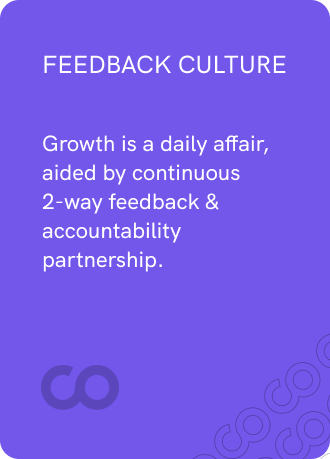
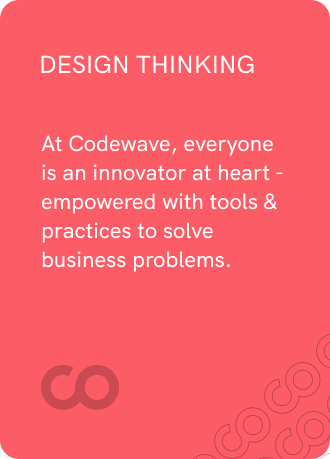
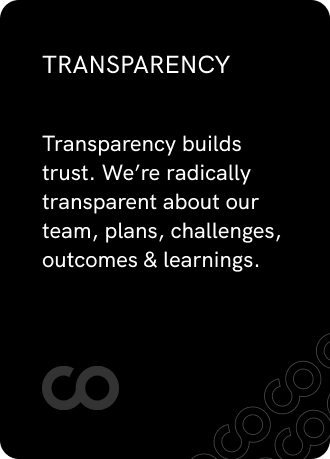
We transform companies!
Codewave is an award-winning company that transforms businesses by generating ideas, building products, and accelerating growth.
A Network of Excellence. Our Clientele.
Frequently asked questions
E-commerce cloud is the use of cloud-based infrastructure and services to host, run, and scale online stores. It stores data, processes transactions, and adjusts resources on demand, ensuring high performance, flexibility, and a smooth shopping experience.
The best e-commerce platform depends on your business size, goals, and technical needs. Shopify suits startups due to its ease of use, while BigCommerce works well for growing businesses that need scalability. Evaluate factors such as payment options, integrations, and customer management to select the best fit.
Cloud-based e-commerce solutions surpass traditional platforms in terms of on-demand scalability, faster load times, and higher availability. They enhance security, minimize downtime, and integrate more easily with systems like CRM and ERP. Costs are optimized since you pay only for the resources you use.
Implementing a cloud-based e-commerce platform typically takes 1–3 months for a basic setup and 6+ months for complex, customised builds. Timelines depend on factors like platform choice, integrations, custom features, and catalog size. Using an agile approach, Codewave delivers faster initial launches with continuous enhancements along the way.
We secure cloud-based e-commerce platforms with end-to-end encryption, two-factor authentication, and regular security audits. Our infrastructure meets the GDPR, PCI-DSS, and other relevant compliance standards, ensuring that customer data remains protected and private at every stage.
We build cloud-based e-commerce platforms using a mobile-first approach, applying responsive design frameworks and testing across multiple devices, screen sizes, and operating systems. This lets customers enjoy a consistent and smooth shopping experience, whether on mobile, tablet, or desktop.
Latest thinking
Stop revenue leakage before it becomes your norm.
Start Your E-commerce Transformation Today































































